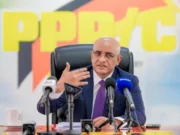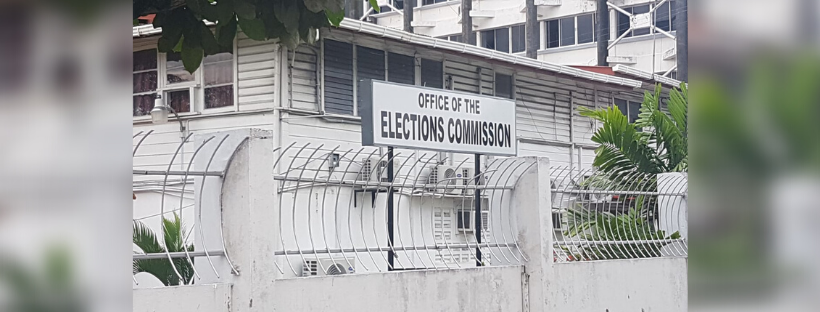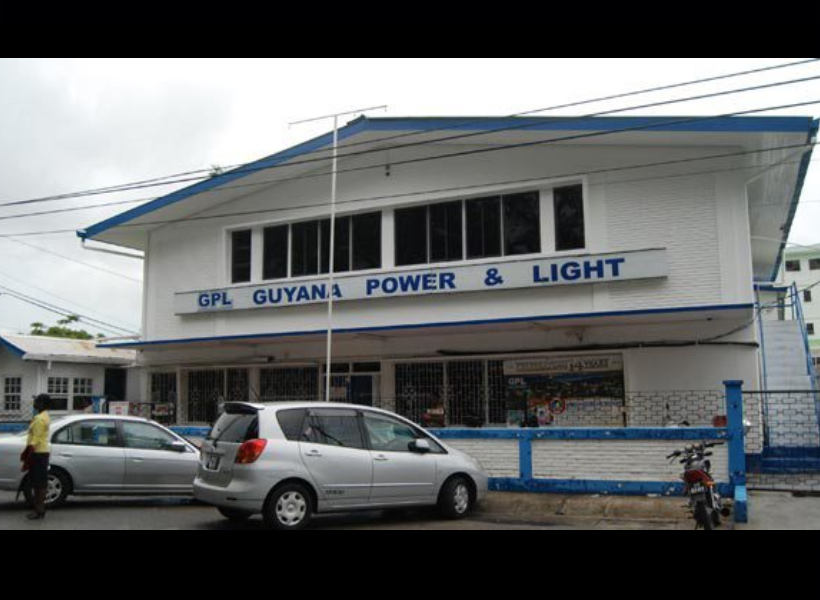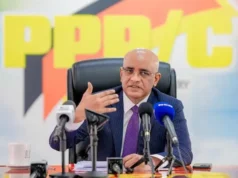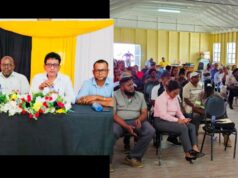In a recent national address, President Dr. Mohamed Irfaan Ali emphasized the government’s unwavering commitment to resolving issues faced by the Guyana Power and Light (GPL), especially following the widespread power disruptions. “We are not shying away from the problem; we have to confront this issue… we are going to fix it,” President Ali stated in a release published today by the Department of Public Information (DPI).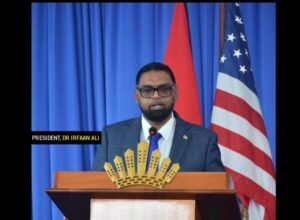
He highlighted the trying conditions the utility company has been under, attributing them partly to the previous APNU+AFC Coalition Government’s alleged five-year neglect. President Ali said, “Five years of not investing in the maintenance of the system, expanding the system, and at the same time building additional capacity to take care of the increasing demand.”
Upon their inauguration in August 2020, the PPP/C administration unearthed a staggering $13 billion in arrears owed by government agencies to GPL. This staggering debt nearly bankrupted the utility. As a response, the administration injected over US$100 million into the company, eliminating taxes on fuel and VAT on electricity to bolster its operations.
Yet, with Guyana’s progressing development, there’s a surge in energy demand. “Truth be told, the pace at which we are going would require us to double our capacity as quickly as possible,” he remarked.
President Ali spotlighted the importance of the gas-to-energy and Amaila Falls hydropower initiatives. He noted that had the Amaila Falls project been successfully launched in 2013, it would have contributed an impressive 165 megawatts to the national grid at a cost-efficient one cent per kilowatt-hour.
Continuing on a positive note, the president reported significant ongoing investments in the energy sphere by his administration. A noteworthy initiative is the gas-to-energy project at Wales, Region Three, targeting a provision of 300 megawatts to the grid. Infrastructure developments, such as a 200km 12-inch pipeline, are in progress to transport natural gas from Liza Phase One and Liza Phase Two Floating Production, Storage, and Offloading (FPSO) facilities. Additionally, transmission lines of 24 kilometres and 60 kilometres are slated for installation to fortify the project. Solar energy initiatives in Essequibo, Berbice, and Linden are also on the horizon.
Noting that peak demand for GPL has escalated from 110mw to 185mw in the past three years, the president appealed to major consumers to contemplate self-generation during peak times to alleviate residential power disruptions. As an interim solution, President Ali disclosed that high-volume consumers could incur a slight additional cost if they opt to stay connected to the grid during peak periods.
